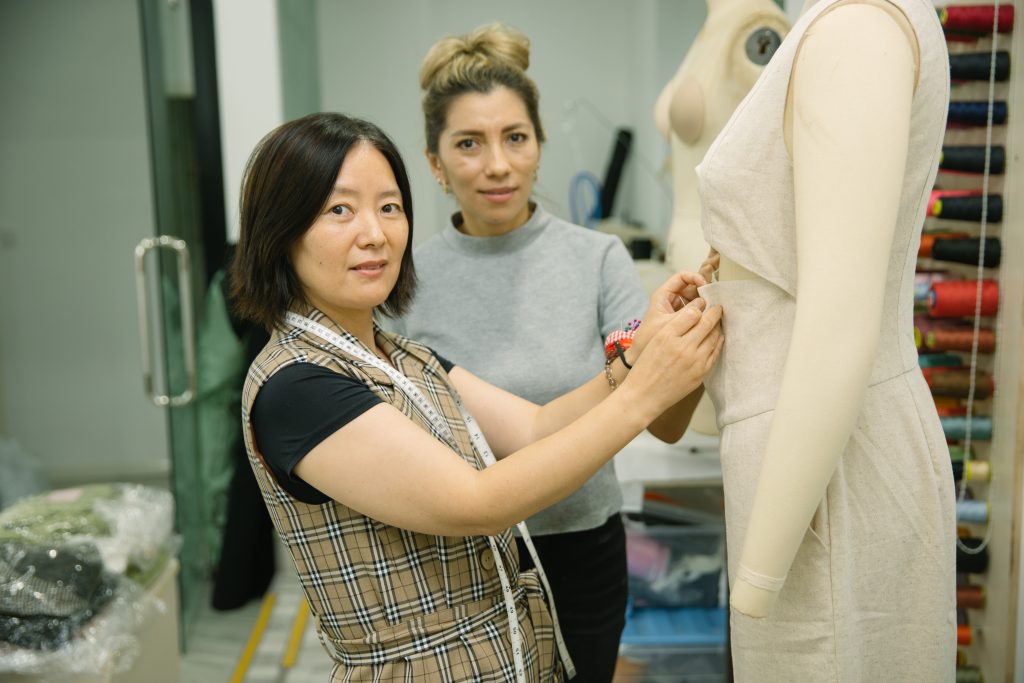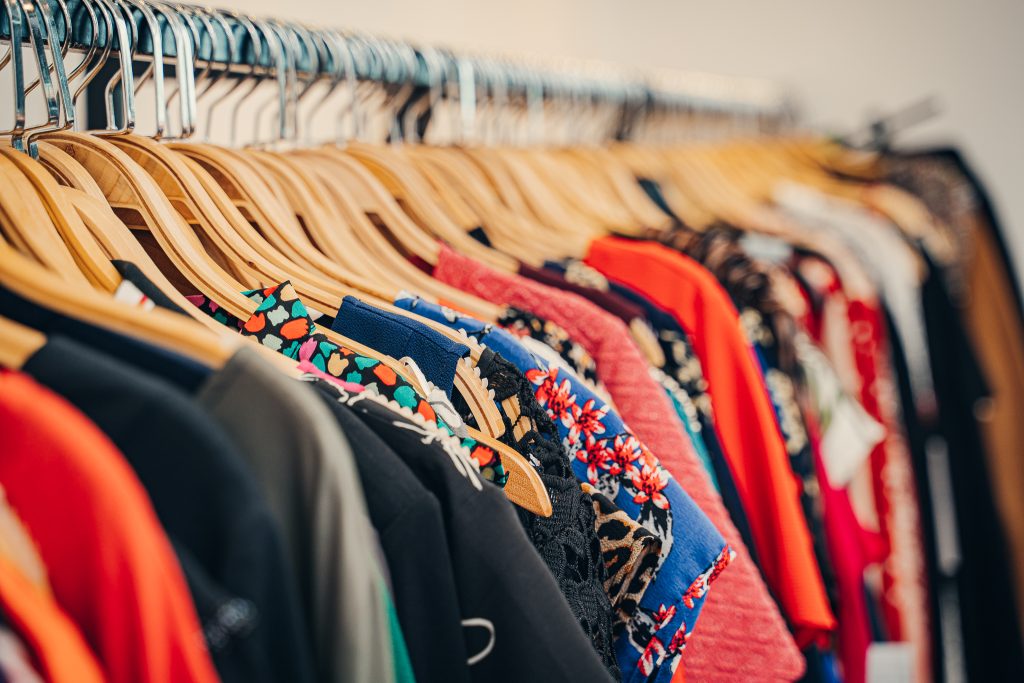The women’s apparel requirement for modern brands combines technical clarity with commercial practicality. Manufacturers must translate design intent into reliable production documents while balancing material selection, fit, quality check procedures, and regulatory needs. Successful producers reduce risk in bulk ordering by aligning fabric sourcing, making, producing and finishing processes with clear timelines and measurable standards. This approach keeps the collections market ready and supports efficient shipping and compliance for import regulations and tax documentation.
Choosing suitable materials
Selecting the correct fabric is the first step in ensuring the garment performs as intended. Fabric sourcing should match aesthetics, wearability and cost targets, with practical consideration for availability across seasons and lead times. Work with suppliers who can provide samples, lab dips and documented technical specs so that the making process is predictable and repeatable.
Materials characteristics
- Texture: Fabric texture defines hand feel and the perceived quality of a woman’s garment.
- Drape: Drape influences silhouette and determines how the piece will sit on the body.
- Weight: Weight affects comfort and seasonality, important for market-appropriate assortments.
- Breathability: Breathable fabrics maintain wearer comfort and reduce the risk of returns.
- Durability: Durable inputs extend garment life and support wholesale reputations.
Sustainability
Today’s shoppers care deeply about how their clothes are made. Many brands are switching to eco-friendly materials and ethical production models. Capital World Group, a trusted Vietnamese textile manufacturer, supports this movement by offering sustainable solutions backed by ISO 9001, Higg FEM, amfori BSCI, and SLCP certifications. We help brands reach their sustainability goals while maintaining efficiency and quality.
Material testing and quality control
Before garments reach customers, every fabric and finished piece goes through a thorough quality check, conducted after every stage in the garment manufacturing process. This ensures each product meets brand standards and performs well in real-world conditions, minimizing returns and building trust with buyers.
Fit and measurement
Accurate sizing makes all the difference. Brands should always test and confirm fit points before large-scale production begins. A clear reference helps avoid costly mistakes later. Review our fit points to approve before bulk ordering to ensure consistent sizing and reduce pre-production issues.

Standard garment manufacturing process
Great apparel combines skilled craftsmanship with reliable systems. A standard production flow includes pattern making, sample approval, cutting, sewing, finishing, and packing. At Capital World Group, our vertical integration model ensures every step of manufacturing stays consistent, efficient, and fully traceable, helping brands maintain quality in every bulk order.
Compliance and labelling
Before garments reach global markets, they must meet local import regulation standards and tax requirements. Labels should clearly state size, material composition, care instructions, and country of origin. To better understand these rules, read our detailed guide on compliance and regulations when importing clothes from Vietnam.
Packaging and Logistics
Packaging is the final stage of presentation. It protects garments during shipping and ensures they arrive looking pristine. Efficient logistics planning also helps brands save on time and cost, especially for global exports.
Capital World Group – a women’s wear manufacturer creating competitive, sustainable, and high-quality women’s wear trusted by global fashion labels. We’re dedicated to producing women’s clothing that meets every quality, sustainability, and compliance standard. Contact us for more information about our services.

